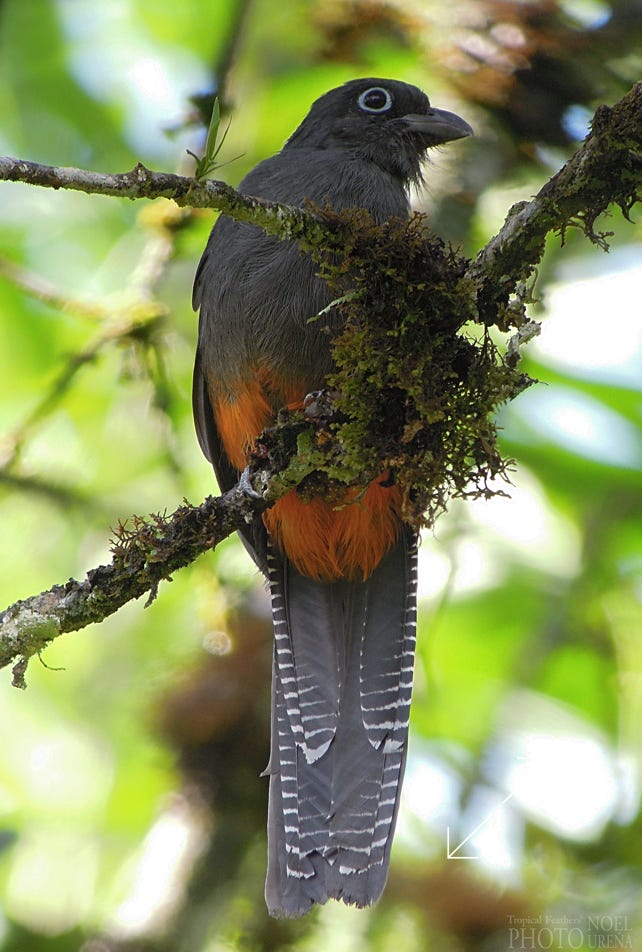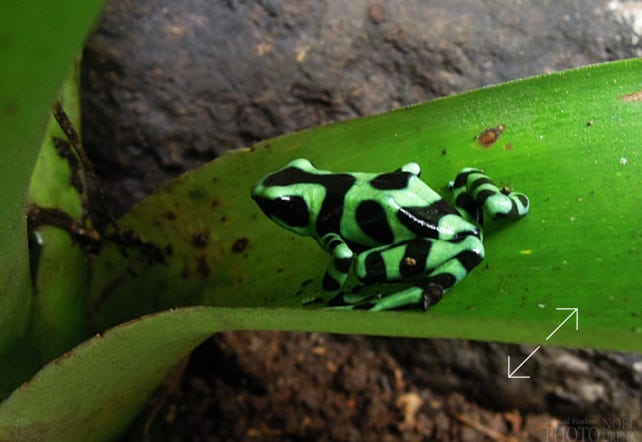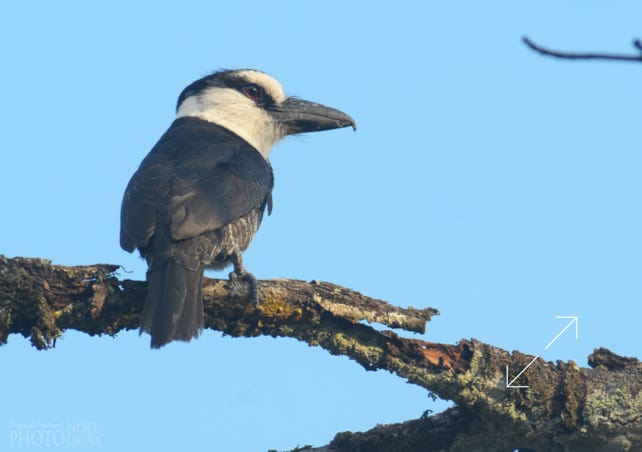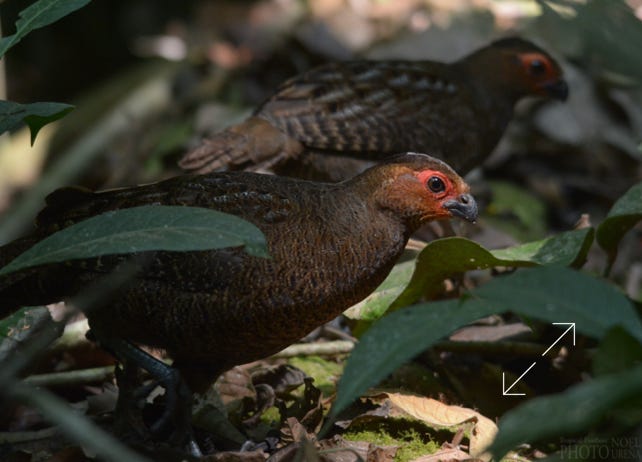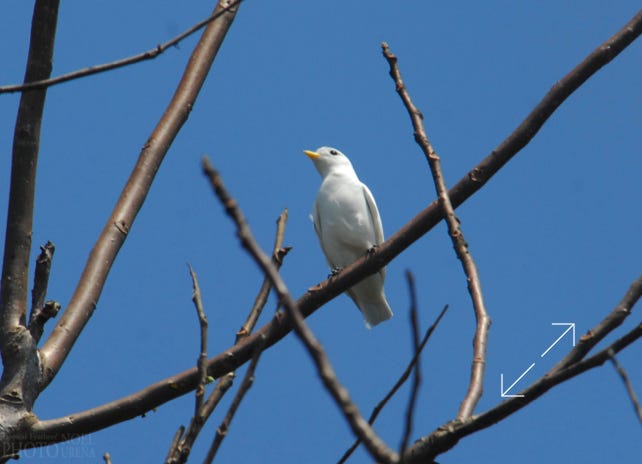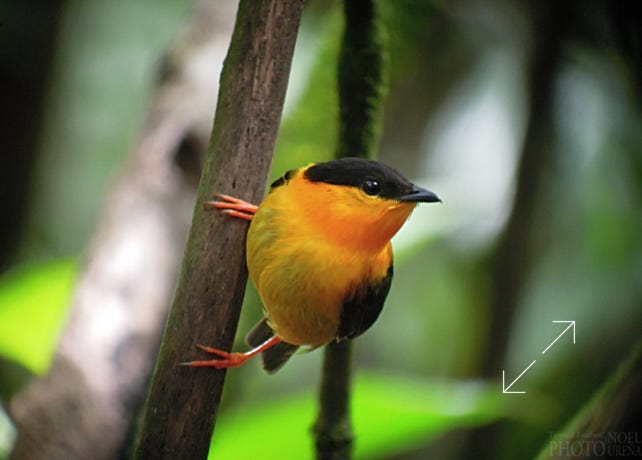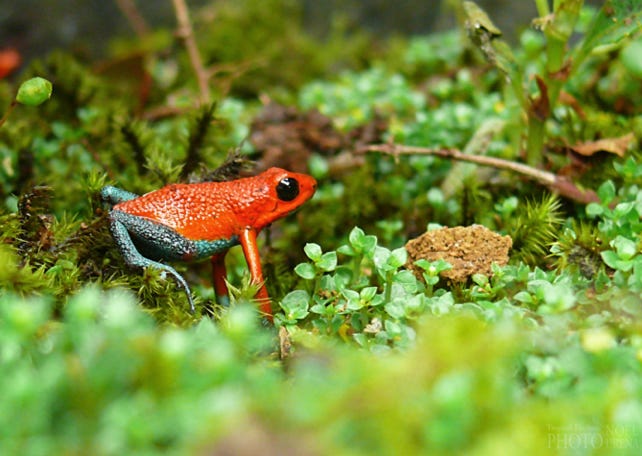
The Osa Peninsula and Golfo Dulce Region
Esquinas Rainforest Lodge and Bosque del Rio Tigre
Several important treasures are encompassed in this biodiverse rich area; Corcovado National Park, Piedras Blancas National Park and the spectacular tropical Golfo Dulce Fjord.
Rainforest, the secret for life!
The tropical rainforests of the world are wonders of biodiversity, beautiful and enigmatic natural paradise. Time capsules of an ancient golden age that carry the genetic heritage of millions of years of evolution. The tropical jungles are home to half of the creatures of the planet and yet more are to be discovered.
In the drops of the torrential tropical rain showers, scientists have discovered why the tropical jungles contain the secret to keeping our planet alive. We have understood that rainforests contribute to the production of rain, but we didn’t know exactly why or how? Scientists have concluded that for a drop of water to form it is necessary to have a nucleus to shape around, a dust particle in the atmosphere or a sulphur particle in the ocean can play this role. Scientific research has discovered that millions of tons of bacteria released into the atmosphere above broadleaf rainforests actually ‘seed’ clouds, providing microscopic nuclei required for raindrops to form.
Water vapor transpiring from the leaves creates a cloud canopy that acts like an umbrella, cooling and shading the earth and reflecting some of the heat from the sun back into space. The rainforests in conjunction with the oceans and air currents function as a global air-cooling system. Rainforests also trap moisture and preserve soil by slowing rain run-off, they are large carbon sequestration agents and massive producers of oxygen.
Corcovado National Park (Sea level to 740 m / 2,428)
The park was established in 1975 and encompasses an area of 42,400 hectares (104,772 acres). The abundance of wildlife and plant species is spectacular, National Geographic called it "the most biologically intense place on Earth” because of its rich incomparable biodiversity; 2.5% of the plant’s biodiversity into 0.001% of its surface area. The park, one of the largest in Costa Rica, preserves the largest primary rainforest on the Pacific coastline of Central America, and one of the remaining meaningful areas of lowland tropical rain forests in the world. Corcovado is home to great number of amazing species, all the felines of Costa Rica are present in the park: Jaguar, Puma, Ocellot, Margay, Jaguarundi and Oncilla. Large mammals like Baird’s Tapir and Red Brocket Deer, and the four species of monkeys found in Costa Rica are possible here: Mantled Howler Monkey, Central American Spider Monkey, White-faced Capuchin and Central American Squirrel Monkey. The small population of the endangered Harpy Eagle, as well as Solitary Eagle, King Vulture, Ornate Hawk-Eagle and Black Hawk-Eagle. Reptiles include American Crocodile and Spectacled Caiman. And the amphibians are well represented by many species including the endemic Granulated Poison-dart Frog.
Piedras Blancas National Park (Sea level to 550 m/1,804 ft)
This preserved area encompasses 14,019 hectares (34,642 acres) and offers an equivalent habitat composition to the Osa Peninsula. As a matter of fact, the park was once managed and treated as part of Corcovado National Park and it was known then as the Esquinas Sector. Piedras Blancas National Parkis is located across the gulf from the Peninsula on the northern coastline of the Golfo Dulce. It protects a pristine rainforest and a lush tropical coastline. The mountainous terrain and the watersheds of the Esquinas and Piedras Blancas Rivers are coated by dense rainforest, habitat for many species of birds, mammals and reptiles. The park is accessed from the village of La Gamba, and not far from the village and connected to the park lies the fantastic Esquinas Rainforest Lodge.
Esquinas Rainforest Lodge (Elevation 100 m / 328 ft)
Esquinas Rainforest Lodge is an incredible location surrounded by the most amazing untouched wilderness of Piedras Blancas National Park. It is a hot spot for birdwatchers and naturalists wishing to experience the sounds and sights of a tropical rainforest in a tranquil, undisturbed atmosphere.
This tropical jungle lodge offers 14 rooms with hot water and fans, a wonderful wooden jungle villa, an open-air restaurant and a small bar where Wi-Fi is available, a spring-fed refreshing pool and a great garden with native plants that attract many birds. The 15 hectares (37 acres) private reserve and the adjoining forest of Piedras Blancas National Park attract over 300 species of birds, almost 100 species of mammals and many amphibians and reptiles. By planting thousands of trees in nearby La Gamba, the lodge has been certified as 100% carbon-neutral. Esquinas is a leader in sustainability and has been awarded a Certificate of Sustainable Tourism from the Costa Rican Tourism Board.
Esquinas Rainforest Lodge, the adjacent Piedras Blancas National Park, and the road from La Gamba offer access to most of the bird specialties from the Osa Peninsula and other interesting birds: Black-cheeked Ant-Tanager, Striped Woodhaunter, Charming Hummingird, White-crested Coquette, Gray-headed Tanager, Marbled Wood-Quail, Black-bellied Wren, Riverside Wren, Black-striped Woodcreeper, Tawny-winged Woodcreeper, Orange-collared Manakin, Red-capped Manakin, White-throated Shrike-Tanager, Red-rumped Woodpecker, Golden-naped Woodpecker, Baird’s Trogon, Band-tailed Barbthroat, Bronzy Hermit, White-tipped Sicklebill, Black-faced Anttrush, Chestnut-backed Antbird, Little Tinamou, Great Tinamou, Great Curassow, Uniform Crake, Gray-cowled Wood-Rail, Agami Heron, Blue-headed Parrot, Brown-throated Parakeet, Green-breasted Mango, sometimes Sapphire-throated Hummingbird, Striped Cuckoo, Red-breasted Meadowlark, Northern Jacana, Southern Lapwing, Fiery-billed Aracari, Yellow-throated Toucan, Pearl Kite, Ruddy-breasted Seedeater, Yellow-bellied Seedeater, Slate-colored Seedeater, Collared Forest-Falcon, King Vulture and White Hawk.
Night birding often produces Common Pauraque, Spectacled Owl and Striped Owl and occasionally Common Potoo.
A one hour drive to Rincón de Osa, or a good lucky day around the lodge, can produce Yellow-billed Cotinga and Turquoise Cotinga.
Esquinas Rainforest Lodge - Improving the living standard of a whole community
Seeing their future threatened by restrictions set up by the Park Service, a group of local farmers and former loggers in the village of La Gamba decided to turn to nature tourism as an alternative to the exploitation of the Esquinas rainforest. In 1993, the Republic of Austria decided to finance the project and appointed Rainforest of the Austrians to oversee and direct the project. The construction of Esquinas Rainforest Lodge began and was completed in 1994.
The Austrian government donated the lodge to Rainforest of the Austrians in 1998, and in 2005 it was privatized but remains in Austrian hands. The ultimate goal is to prove that a small ecolodge, accommodating no more than 40 guests, can generate enough income to raise the living standard of a whole community. Esquinas is the largest employer in La Gamba, offering at least 15 permanent jobs. Except for management and office staff, all employees at the lodge are from the local town.
The lodge has contributed more than $200,000 for community projects, including the renovation of the water system, the community town hall and the school, as well as the construction of a playground and a police station.
Reforestation And Climate Protection- The Biological Corridor Protection
The Esquinas Rainforest used to be connected with the Fila Cruces, a 1,524 m (5000 ft) high, forested mountain ridge. Today farmland and pastures abruptly interrupt the biological flow and connection of these two areas and small isolated patches of forest remain as small islands of trapped genetic material. Since 2010, the efforts of Rainforest of the Austrians and La Gamba Field Station have focused on the La Gamba Biological Corridor (COBIGA) with two main goals:
Preservation of biodiversity by connecting isolated patches of forest
Reduction of carbon dioxide by sequestering it in biomass
Tropical Feathers thanks Esquinas Rainforest Lodge for sharing some of its information with us: http://www.esquinaslodge.com/es/more/our-story/
The Famous Bosque del Río Tigre Lodge (Elevation 110 m / 360 ft)
The unique Bosque del Río Tigre Lodge lies on the foothills of the lush and very tropical Osa Peninsula in southern Pacific Costa Rica, right outside of the tiny village of Dos Brazos, just across the Tigre River. The lodge sits inside the Golfo Dulce Forest Reserve, under the direct influence of the Golfo Dulce, and just 2 km away from Corcovado National Park, so this privileged location turns this spot into a paradise for birds and wildlife in general.
Liz and Abraham have designed their lodge exclusively for birders and naturalists. Being birders themselves and some of the first of their kind that settled and build a lodge in the area, they truly know what birders and naturalists are looking for. Early morning coffee and delicious banana bread and a late breakfast to not interfere with the best birding time of the day. Ease of finding birds attracted to the grounds, excellent trails where you hardly find other people, are just a few of the components that make Bosque del Río Tigre a birding paradise!
The lodge grounds and surrounding areas offer two Costa Rican endemics, 14 regional endemic species and many more species that are hard to find in other areas of Costa Rica. Birds include: Yellow-billed Cotinga, Turquoise Cotinga, Black-cheeked Ant-Tanager, Spot-crowned Euphonia, Charming Hummingbird, White-crested Coquette, Mangrove Hummingbird, Riverside Wren, Black-bellied Wren, Golden-naped Woodpecker, Orange-collared Manakin, Scarlet-rumped Tanager, Black-hooded Antshrike, Baird’s Trogon, Fiery-billed Aracari, Little Tinamou, Marbled Wood-Quail, Fasciated Tiger-Heron, Pearl Kite, Tiny Hawk, Uniform Crake, White-throated Crake, Bronzy Hermit, Band-tailed Barbthroat, White-tipped Sicklebill, Red-rumped Woodpecker, Long-tailed Woodcreeper, Yellow-bellied Tyrannulet, Golden-crowned Spadebill, Royal Flycatcher, Rufous Piha, Yellow-bellied Seedeater, Ruddy-breasted Seedeater and Red-breasted Meadowlark.
The main building offers 4 bedrooms on the second story, finished in beautiful native woods, located on the four corners of the lodge with the communal areas in the centre. The rooms are open to the forest on two sides for air circulation and ease of wildlife viewing. There are two shared bathrooms, one upstairs and one downstairs and the spacious garden showers are only a few meters from the lodge offering great water pressure, excellent hot water, lights, mirrors, hooks for clothes and other items and a chair.
A private cabin is also available, only 25 meters from the main building, it has a double bed draped with mosquito netting, private bathroom, porch and hammock.
Bosque del Río Tigre offers primary rainforests, secondary forests, ponds, river, second growth, cattle pastures, and is not too far away mangroves. This is quite an exciting destination, regional endemic and country endemic species and some really difficult birds can be seen here: Little Tinamou typically feeds outside the kitchen area. Flocks or pairs of Black-cheeked Ant-Tanagers, a Costa Rican endemic, come to the feeders just outside the lodge. Scaly-throated Leaftosser often tosses leaves near the lodge on the trail side. With certain regularity a White-tipped Sicklebill can be found roosting near one of the streams. Blue-throated Goldentail can be seen foraging around the porterweed bush in the front yard. Riverside Wren is an active resident around the woods that border the lodge, and the snapping wings of the Orange-collared Manakin announce the presence of this interesting colorful bird. The property also offers leks of the famous Red-capped Manakin.
Tropical Feathers highly recommends Bosque del Río Tigre Lodge and Esquinas Rainforest Lodge.

